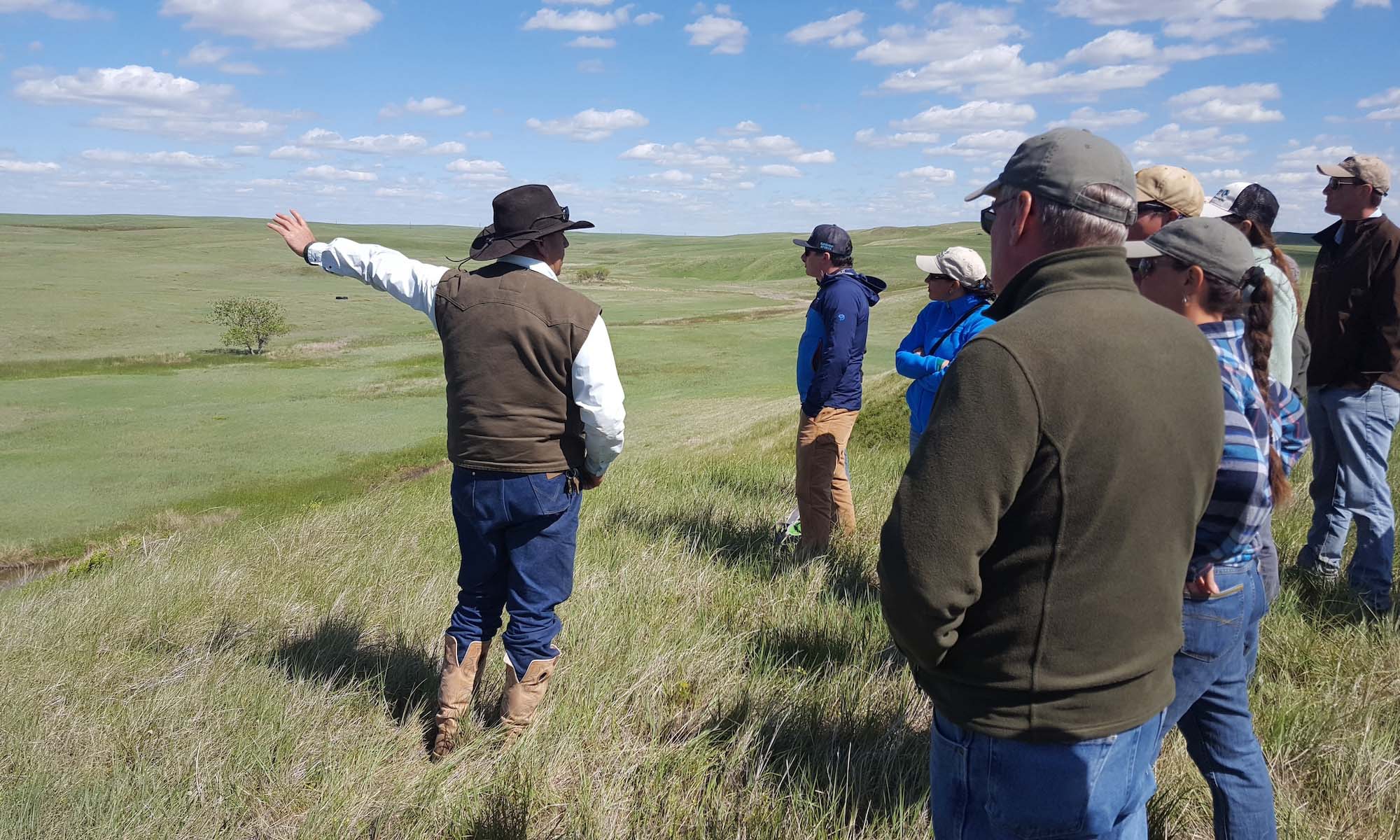
Oaks and Prairies Joint Venture
Land Protection
Protection of remaining potentially undisturbed lands (PUDL) within the OPJV is especially challenging. Of the eight JV’s participating in JV8, OPJV has the lowest percentage of protected PUDL at 0.72% and the least amount of actual protected lands at approximately 242K acres. Many Land trusts already work in BCR 20 Edwards Plateau to protect watersheds and established and emerging land trusts and NGOs are beginning to focus efforts in Bird Conservation Region (BCR) 21 Oaks and Prairies. OPJV will need to work with new partners and capitalize on the experience and networks of our Management Board to increase acres of protected land. The Nature Conservancy, Native Prairies Association of Texas, and Ducks Unlimited (DU) are all potential partners in collaborative land protection grant applications. Annual estimated land protection goals and cost for OPJV and land trust partners are in development with 3% of the OPJV’s overall 1.5M acre five-year habitat goal.
5-year acres: 45,000
5-year cost: unknown
Grassland Restoration
OPJV GRIP (Grassland Restoration Incentive Program) goal is to include an additional 5% of the OPJV geography, or 3 million acres in additional grassland conservation in 10 years. This goal can be subdivided in restoration, enhancement, and permanent protection. Shrub and/or tree invaded grasslands are targeted for restoration with mechanical and chemical treatments and maintained with prescribed fire and sustainable grazing. Old croplands may also be included for restoration with herbaceous weed treatment and wildlife plantings.
5-year acres: 450,000 acres
5-year cost: $36 million
Grassland Enhancement/Management
OPJV GRIP (Grassland Restoration Incentive Program) overarching goal is an additional 5% of the OPJV geography, or 3 million acres in additional grassland conservation in 10 years. This goal can be subdivided in restoration, enhancement, and permanent protection. Enhancement focuses on sustainable, integrated grazing plans developed with landowners that incorporate stocking rates, rotations, and rest (fallow) that increase soil health, soil carbon, plant diversity, native grasses, water resources, wildlife habitat, and leave sufficient residual cover (grass height) to support prescribed burning on a 3-4 year fire return interval.
5-year acres: 1,020,000
5-year cost: $8,160,000
Grassland Persistence/Retention
OPJV works with landowners to implement voluntary, on-the-ground conservation projects that promote regenerative practices on native rangelands and in priority watersheds. Restoring and enhancing habitat and shifting land management norms and culture are the primary methods to comprehensively mitigate declines of wildlife species within the OPJV geography. Where grazing is the primary land use, landowners experience an increase to their bottom line through the reduction of inputs when they transition to sustainable, managed grazing of native grasslands. Providing landowners and land managers with conservation strategies to improve their land’s resilience to outside pressures from drought and wildfire is critical. In addition, landowners may benefit from an increase in wildlife value through improved habitat quality for game species. The ultimate goal is permanent adoption of wildlife-friendly practices that begins with conservation planning and initial cost-incentive assistance. Focusing outreach efforts on wildlife management/prescribed burn associations and working lands community leaders is also an important piece of retention. The primary costs here are through technical assistance from existing and partner staff and increased TA via capacity grants.
The acreage goal is the total overall OPJV 5-year benchmark of 1,500,000 acres. Costs are supported by the incentives in the other categories of this spreadsheet. Additional costs would be in the form of increased personnel/capacity.
Wetland Conservation
The OPJV has relatively low densities of open water in areas such as the Edwards Plateau, natural wetlands are largely restricted to oxbows along rivers and streams. There are significant opportunities for riparian conservation by restoring adjacent upland cover using shrub management, herbaceous vegetation restoration, prescribed fire and installation of grazing plans through OPJV GRIP.

